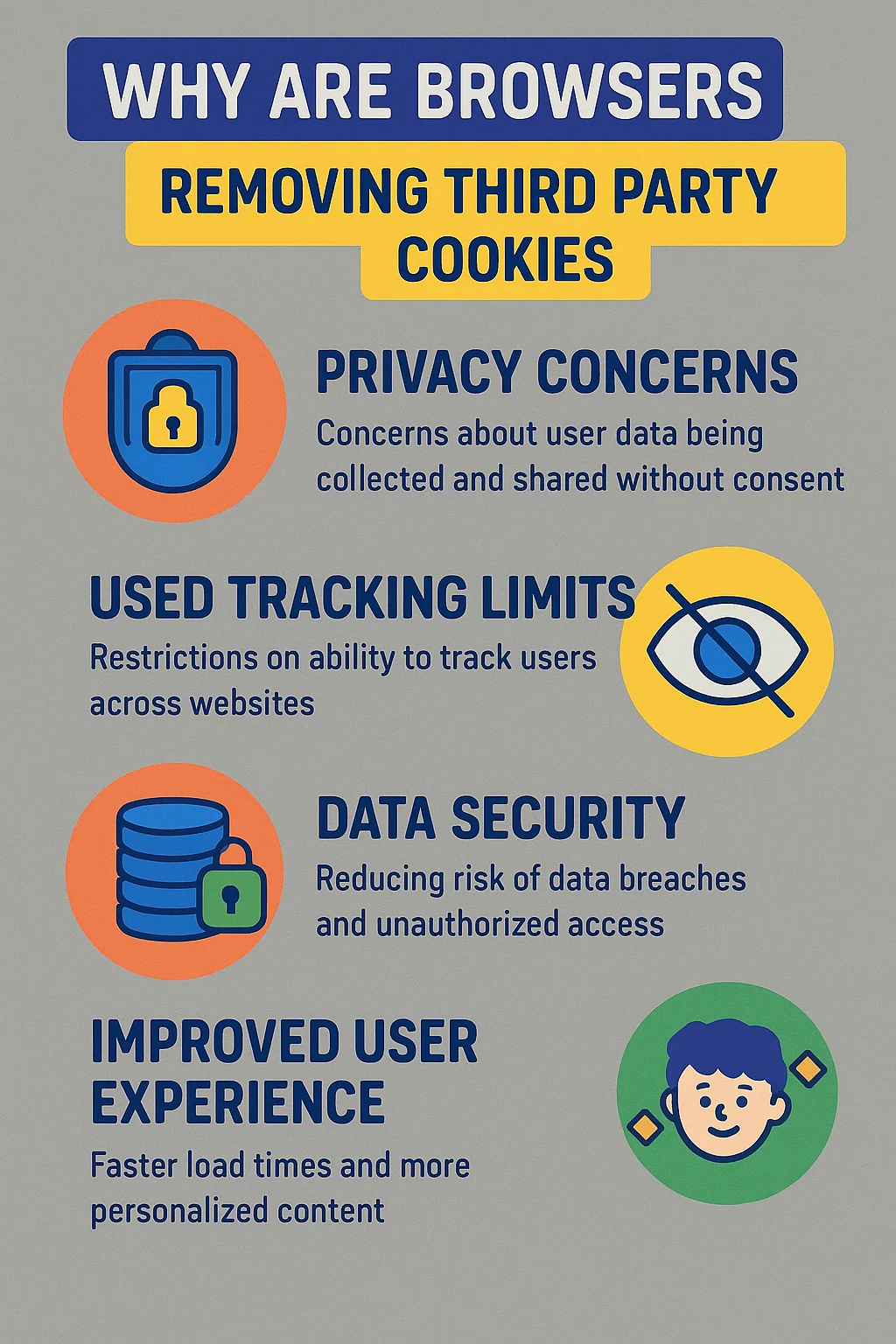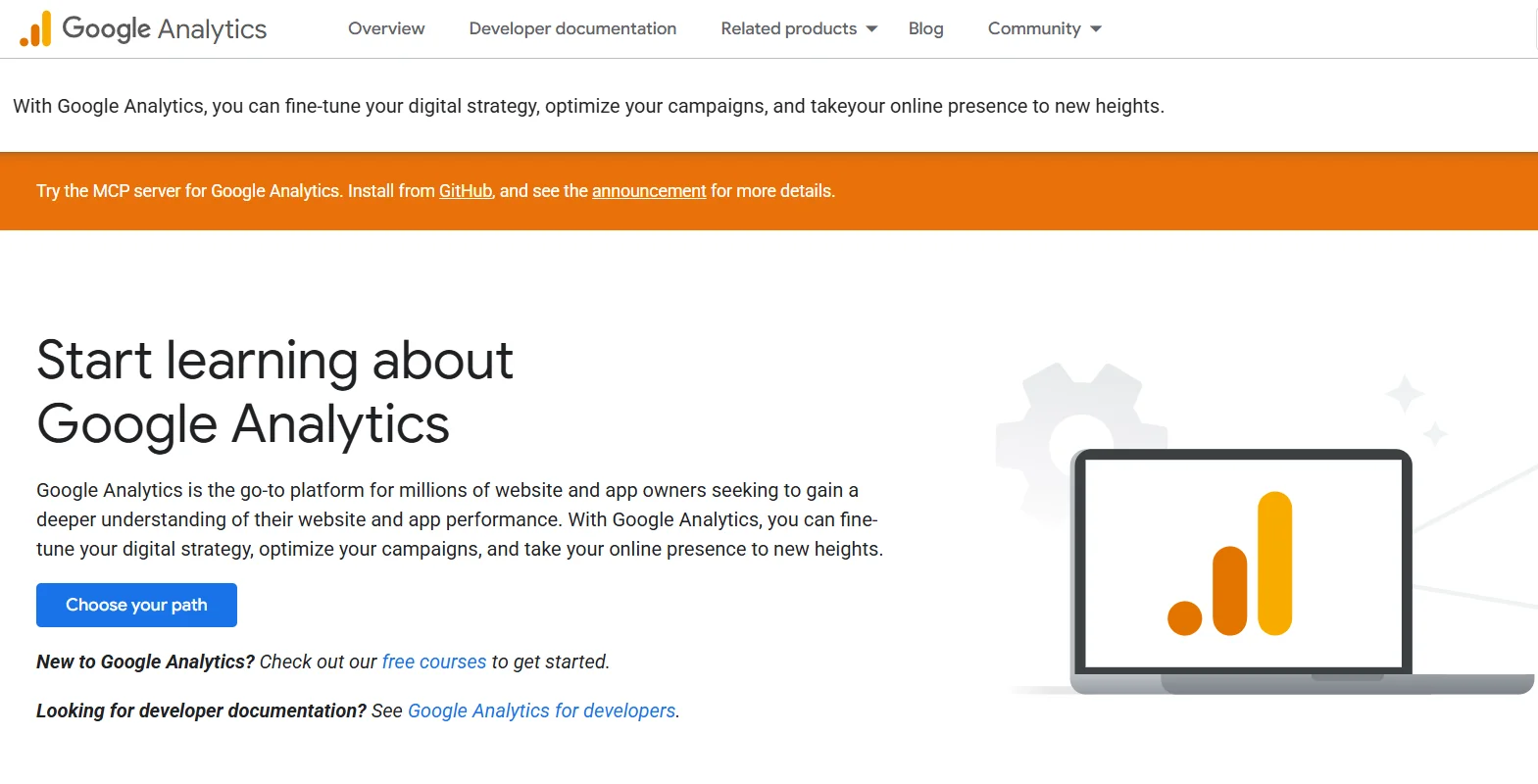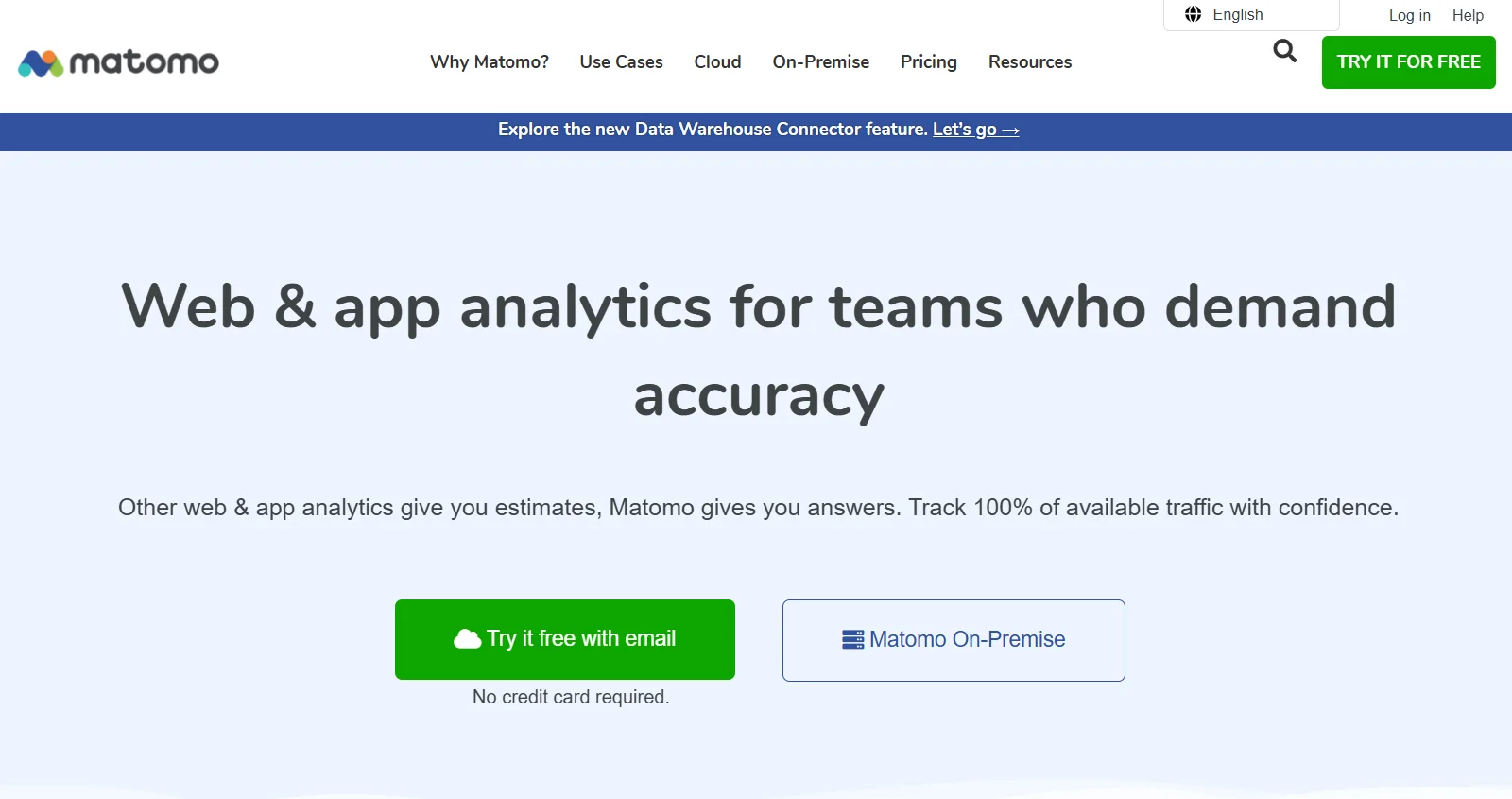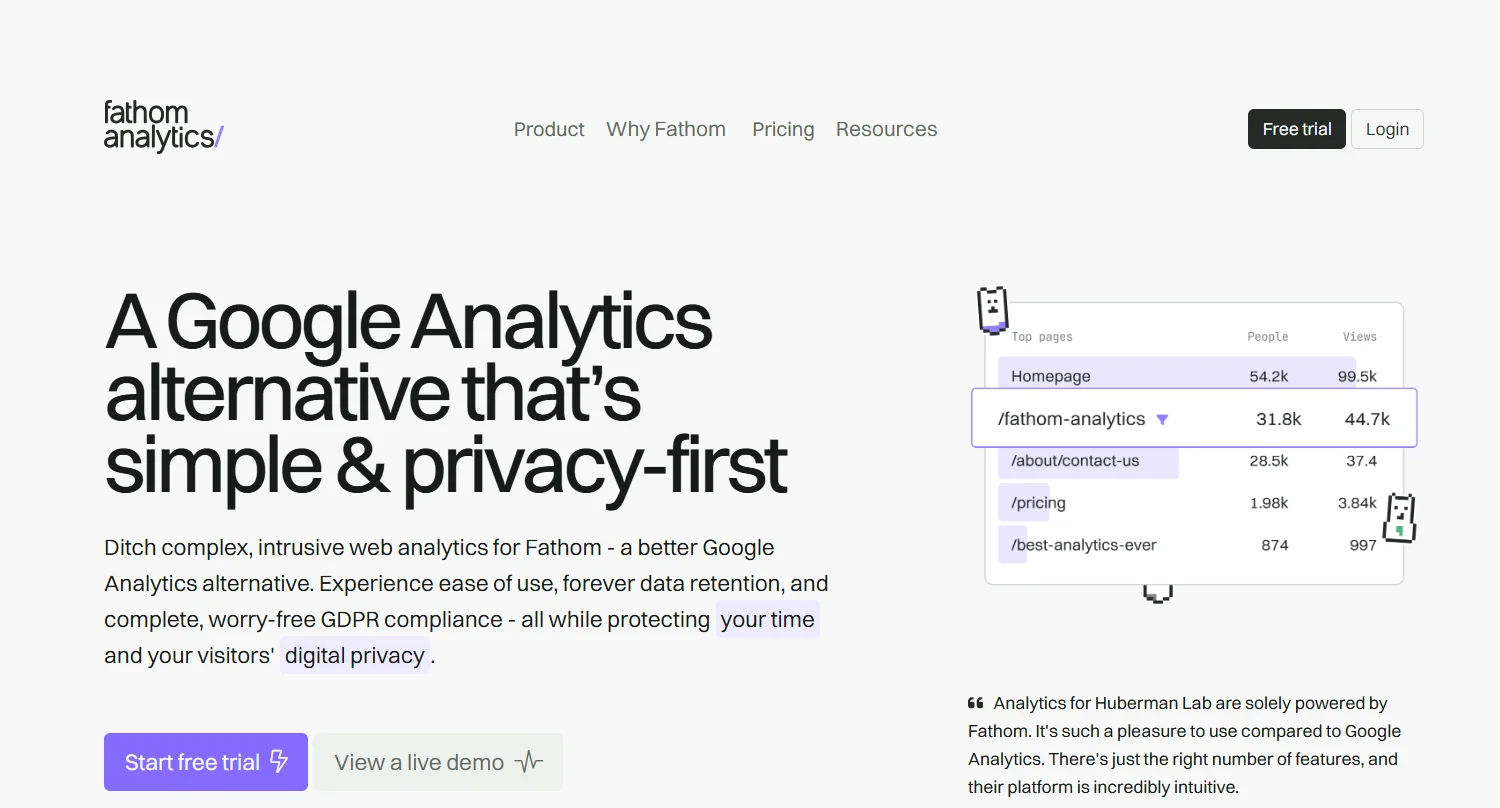How to Prepare Your WordPress Site for the End of Third-Party Cookies

Summary
This article also provides practical steps for WordPress users, such as adopting first-party data strategies, using consent management tools, and implementing privacy-compliant solutions.
Google Chrome and other major browsers are phasing out third-party cookies for good.
Third-party cookies are small tracking files placed on your site by services you do not directly control, like ad networks or analytics providers, to follow users across different websites.
They have long powered targeted ads and detailed visitor tracking, but with browsers removing them, you will need new ways to understand and reach your audience.
So here’s the big question: Is your WordPress site ready for what’s coming?
In this guide, we will walk through practical steps, helpful tools, and strategies to help you adapt to user privacy.
And if you want an easier way to stay compliant with global laws like GDPR or CCPA, the WPLP Compliance Platform is here to make the transition smooth.
Read through the article and see how easy it is to comply.
- What Are Third-Party Cookies? Why Are They Going Away?
- The Rise of the Cookie-less Future: Timeline and Key Drivers
- Impact on WordPress Site Owners
- First-Party Data: The New Compliance-Ready Standard
- Steps to Prepare Your WordPress Site for Cookie-less Future
- Privacy-First Analytics: Alternatives & Implementation
- Role of Cookie Banners and Consent in a Cookieless World
- Tools & Plugins: Making Compliance Easy
- FAQ
- Conclusion
What Are Third-Party Cookies? Why Are They Going Away?
First-party cookies are small bits of data that your site saves in a visitor’s browser. They help users remember things like their login or the contents of their shopping cart.
Third-party cookies are different.

They originate from third-party services, not your own website. For example, an ad network or a social media button on your site can place these cookies. They track individuals as they visit various websites, collecting data on their online activity.
Many people dislike this because it feels like they are being watched without realizing it.
Privacy laws like GDPR in Europe and CCPA in California now give people more control over their data.
Browsers such as Safari and Firefox have already blocked third-party cookies, and Google Chrome is now doing the same.
This change is meant to protect people’s privacy. For website owners like you, it means you need new ways to track visitors, show ads, and stay within the rules without relying on outdated tracking methods like cookies.
In other words, you need to prepare your WordPress site for the end of third-party cookies.
This means finding privacy-first tools, reevaluating analytics, and ensuring compliance with global laws such as GDPR and CCPA. The WPLP Compliance Platform facilitates this transition by combining cookie scanning, consent management, and privacy-first analytics integration into a single, straightforward toolkit.
The Rise of the Cookie-less Future: Timeline and Key Drivers

Web browsers are slowly removing third-party cookies. These are the cookies that track people from one site to another. Safari and Firefox stopped using them a while ago. Now Google Chrome, which most people use, is also starting to block them.
This means that they are moving to a cookieless future. For this you need to prepare your WordPress site for the end of third-party cookies.
Google is developing new methods for websites to display ads and track visits without tracking users across the internet. These changes are happening because of new privacy rules that give people more control over their personal data.
Google’s cookieless future means websites will need to find new ways to understand their visitors and run ads without using tracking cookies. Instead of relying on data from other sites, more websites will start using their own data, like email signups, surveys, and user accounts.
This is important for every website. If your site uses ads, tracking tools, or analytics that depend on third-party cookies, you will need to make changes. Preparing early will help your site to comply with all the global privacy laws and function well.
Impact on WordPress Site Owners
The end of third-party cookies will change how many WordPress sites work. If you rely on retargeting ads, they may no longer perform as effectively. Retargeting ads and some third-party ad networks will lose accuracy.
Your analytics might also be less detailed if they depend on third-party cookies. This means it could be harder to see where your visitors are coming from or what they do before reaching your site.
You will also need to update how you ask visitors for permission to collect their data. Even without third-party cookies, you still need to be clear about what information you collect and why.
First-Party Data: The New Compliance-Ready Standard
First-party data is information you collect directly from your visitors. This can be their name, email address, or any other information they share with you while using your site. It comes straight from your visitors to you, without other companies in the middle.
Since you collect it yourself, first-party data is more accurate and trusted. It also follows privacy rules more easily because you can inform people about what you collect and how you use it.
To build your own first-party data, you can ask visitors to sign up for your email list, create a free account, download a guide, or fill out a short survey. You can also create content or offers that people need to register to access.
The more first-party data you collect ethically, the less you’ll need to rely on third-party cookies. This means you can keep connecting with your audience even as the internet moves to a cookieless future.
Steps to Prepare Your WordPress Site for Cookie-less Future
The cookieless future is coming fast, but you do not need to panic. If you start preparing now, you can protect your site, keep your visitors happy, and still get the data you need. Here is how you can get ready:
1. Audit Current Cookie Use
Before you make any changes, you need to know what is already running on your site. Many WordPress themes and plugins add cookies without you even realizing it.
Some are first-party cookies, which stay on your own site, but others are third-party cookies, which send data to other companies.
You can use free cookie scanners or browser tools like WPLP Compliance Platform to see a complete list.
Be cautious of elements such as ad trackers, social media widgets, or outdated analytics codes. Make a note of every tool that uses third-party cookies so you can plan how to replace or remove them.
2. Update Your Cookie Banner & Consent Practices
Some people think they will not need a cookie banner once third-party cookies are gone. That is not true.
Many websites still use first-party cookies, and you still have to be open with visitors about how you use them.
A good cookie banner should be clear, easy to understand, and give people the choice to accept or reject cookies. It should also store consent records so you can show proof if needed.
The WPLP Compliance Platform can do all of this for you. It works directly with WordPress, is easy to set up, and updates automatically to comply with the latest privacy practices. Moreover, it adheres to global rules and helps you comply with laws such as GDPR and CCPA.
Quick Note on WPLP Compliance Platform
2. Geo-targeting (show the right banner for EU, US, etc.).
3. Auto-updated with new privacy laws.
4. Consent logs for audit defense.
Any GDPR violation can result in hefty fines. Therefore, it’s essential to take the right steps to comply with these global rules.
3. Integrate Privacy-First Analytics
When third-party cookies are removed, some old analytics tools will stop tracking visitors the way they used to. Now is the time to switch to privacy-friendly options like Google Analytics 4, Matomo, Fathom, or Plausible.
These tools focus on using first-party data or no cookies at all. They still provide important details, such as page views, visitor location, and device type, without storing personal data in unsafe ways.
How to Set Analytics for Compliance:
- Always use first-party cookies only (set them to come from your own domain, not another site).
- Enable IP address anonymization to prevent visitors from being personally tracked.
- Adjust data storage settings to keep data for a shorter time if you do not need it long-term.
- Add these analytics tools to your cookie banner so visitors know how their data is used.
- Give users the choice to opt out of tracking.
Another smart move is to use a whitelist approach: allow only the tools you trust while blocking the rest. This way, you keep control, reduce hidden tracking, and make sure your site stays safe and compliant.
If you use Matomo, you can even run it on your own server so the data stays fully under your control. Tools like Fathom and Plausible make it even easier since they do not use cookies at all, which fits perfectly with global privacy rules.
While tools like GA4, Matomo, and Plausible help with analytics, the WPLP Compliance Platform ensures they are only fired after proper consent, giving you valid, audit-ready data.
4. Test and Monitor
Privacy rules and browser updates will keep changing. That means your site setup today might not work the same way next year. Make it a habit to check your cookies, review your tools, and read up on browser privacy news.
If you use a tool like WPLP, you will get updates that match the latest laws, which means less work for you and more peace of mind.
By following these steps, your site will be ready for the cookieless future. You will still be able to track what matters, follow the law, and most importantly, show visitors that you respect their privacy.
Now, let’s explore how these analytics tools can help prepare your WordPress site for the cookieless future.
Privacy-First Analytics: Alternatives & Implementation
Now that third-party cookies are going away, you still need to know how visitors use your site. The answer is privacy-first analytics. These tools respect user rights, follow global laws, and still give you the insights you need. Let’s compare the main options.
Google Analytics 4 (GA4)

GA4 is the new version of Google Analytics. It works with first party data and uses events instead of old cookie tracking. You can connect it to your WordPress site using the Site Kit plugin or other GA4 plugins.
- Turn on IP anonymization
- Use consent mode to respect cookie choices
- Link it with your cookie banner so users can say yes or no
GA4 is free and powerful, but it can feel a little hard to use if you are new.
Pros
- Free and powerful
- Connects with other Google tools
- Works with first party data
Cons
- Hard to learn at first
- Some data still goes to Google servers
- Needs correct setup for compliance
WordPress setup: Install the Site Kit plugin or any GA4 plugin. Turn on IP anonymization and link it with your cookie banner.
Matomo

Matomo is an open source tool. You can run it on your own server or use their cloud service. It respects privacy rules and can even work without cookies if you want.
- Add the Matomo plugin in WordPress
- Enable cookieless tracking for stronger privacy
- Control all your data yourself if you host it on your own server
Many site owners like Matomo because it is very flexible and gives full control of data.
Pros:
- Open source and flexible
- You can host it yourself for full control
- Can run without cookies
Cons:
- Needs more setup than other tools
- Hosting it yourself can cost time and money
WordPress setup: Install the Matomo Analytics plugin. Enable cookieless tracking if you want stronger privacy.
Fathom Analytics

Fathom is a simple, fast, and privacy first analytics tool. It does not use cookies at all, so you do not need consent banners for it in many regions.
- Add one small script to your site
- View clean reports with no extra clutter
- Works with GDPR, CCPA, and other rules out of the box
This is a good choice if you want something easy and quick.
Pros:
- Very simple to use
- Does not use cookies at all
- Reports are clean and fast
Cons:
- Paid service, no free plan
- Less detailed than GA4 or Matomo
WordPress setup: Add the Fathom plugin or paste the script in your site header.
Plausible Analytics
Plausible is another simple analytics tool that is cookieless. It gives clear reports and runs on your own domain so ad blockers do not break it.
- Install with a WordPress plugin or by adding a script
- All data is lightweight and easy to understand
- No personal data is stored
Plausible is very popular among WordPress users who want privacy without losing insights.
Pros:
- Cookie free and lightweight
- Easy to read reports
- Works with ad blockers better than GA4
Cons:
- Paid service
- Less advanced reporting
WordPress setup: Install the Plausible plugin or paste the script.
Why Tools Matter for Compliance
Tools like GA4, Matomo, Fathom, and Plausible are built to work with rules like GDPR in Europe, CCPA in California, and other new laws. They help you stay clear by:
- Not storing personal data without consent
- Respecting cookie banner choices
- Making it easy to delete user data when asked
Using privacy-first analytics is not just about rules. It also builds trust. When users know you respect their privacy, they are more likely to come back.
Role of Cookie Banners and Consent in a Cookieless World
With third-party cookies disappearing, you might think cookie banners are on their way out, too. But the truth is, they are still a key part of running a website.
Why Cookie Banners Still Have a Role To Play
Even without third-party tracking, banners and consent tools continue to play an important role.
Here’s why:
1. Transparency
A banner is like a simple “notice board” for your website. It shows visitors that you are open about what data you collect and why. People want to know how their information is used, and giving them that choice upfront builds trust in your business.
2. Other Tracking Methods Still Exist
Cookies may be fading, but tracking methods haven’t disappeared. Tools like pixels, scripts, and even device storage can still collect data. Privacy laws require you to give users a way to control these, and cookie banners remain the easiest way to do it.
3. First Party Cookies Are Still in Play
Even basic cookies that your own site sets, like saving login details or shopping cart items, still count. These may not seem risky, but in some cases, you are still expected to tell people about them. A banner helps cover these needs, too.
What to Look for in a Modern Cookie Banner
Not all banners are created equal. Old “Accept cookies” popups are no longer enough. Today’s banners should:
- Adjust automatically for different regions (geo targeting).
- Be customizable, so the design and wording fit your brand.
- Keep proper records of user choices, which helps if you ever face an audit.
How WPLP Compliance Platform Helps
The WPLP Compliance Platform is an all-in-one solution for privacy compliance.
- Preparing your WordPress site for a cookieless future is not just about replacing analytics, it’s also about making sure any script or tracker on your site only runs when users have given proper consent. That’s where WPLP goes beyond a simple cookie banner.
With WPLP, you get:
- Smart Script Blocker – Automatically prevents third-party scripts (ads, trackers, analytics, etc.) from loading until consent is given, ensuring no accidental data collection.
- Whitelist Script Control – Mark certain scripts (like payment processors or security tools) as always allowed, so your site keeps running smoothly without breaking essential functionality.
- Script Dependency Management – Set up dependencies (e.g., analytics loads only if marketing cookies are accepted), giving you fine-grained control and full compliance.
- Geo-Targeted Consent Banners – Show the right banner depending on where your visitor is (GDPR in EU, CCPA/CPRA in California, etc.).
- Audit-Ready Consent Logs – Every consent decision is logged, so you have proof if regulators ever audit your site.
- Automatic Legal Updates – WPLP updates with changing privacy laws, keeping your setup future-proof.
Why it matters here: As third-party cookies disappear, websites that rely on sloppy or outdated tracking risk breaking laws or losing user trust. WPLP ensures you can still run the scripts you need, but in a way that’s compliant, transparent, and future-ready.
Tools & Plugins: Making Compliance Easy
If you run a WordPress site, you don’t have to figure out compliance on your own. There are several plugins and tools that make it easier to handle cookie consent, privacy laws, and data requests. Some of the well-known options include:
- WPLP Compliance Platform – Built for WordPress users who want flexibility and control over cookie consent management.
- CookieYes – A popular plugin with basic consent banners and region targeting.
- Complianz – Offers full privacy suites with legal documents and cookie scans.
- Termly – Cloud-based solution that helps with banners and policies.
Each of these tools can help, but not all are equally simple or reliable when laws keep changing.
Quick Comparison Table
| Feature | WPLP Compliance Platform | CookieYes | Complianz | Termly |
| Easy WordPress setup | ✅ | ✅ | ✅ | ❌ (mostly cloud based) |
| Customizable banners | ✅ Full control | Limited | ✅ | Limited |
| Geo targeting | ✅ | ✅ | ✅ | ✅ |
| Consent logs for audits | ✅ Exportable | ❌ | ✅ | ❌ |
| Privacy law updates | ✅ Regular | Some | ✅ | ✅ |
| Extra features | DSAR handling, all in one compliance | Basic only | Legal docs, scans | Policies + banners |
| Support | Fast and WordPress focused | Standard | Good | Limited |
FAQ
Browsers like Chrome, Safari, and Firefox are removing third-party cookies because people want more privacy online.
Third-party cookies track users across many websites, which often feels invasive. New privacy laws like GDPR in Europe and CCPA in California also push companies to stop relying on invasive tracking methods.
By phasing out third-party cookies, browsers are giving users more control over their personal data.
On WordPress, third-party cookies usually come from plugins, themes, or external tools like ad networks and social media embeds.
To find them, you can:
1. Use a free cookie scanner (like WPLP Compliance Platform).
2. Check your site in Chrome DevTools → Application → Cookies.
3. Disable or replace plugins that set unnecessary cookies.
If you need to remove them, you can replace tracking tools with privacy-friendly alternatives or add a cookie consent plugin to block third-party cookies until a user accepts. This feature is one of the most acclaimed by users and is easily available with the WPLP Compliance Platform.
Yes, in most cases, you still need a cookie banner. First-party cookies (like those used for logins, carts, or site preferences) are less intrusive, but if you also use them for analytics or marketing, some privacy laws require consent. A banner makes it clear what cookies you use and shows transparency to visitors. Even if the law in your region is lighter, banners build trust with your users.
Privacy-first analytics are tools that measure website traffic without tracking people in a personal or invasive way.
Unlike Google Analytics, which often relies on cookies, tools like Fathom, Plausible, or Matomo focus on anonymous data collection. This means you can still understand your visitors (page views, top content, conversions) without storing personal information. They also help you stay compliant with privacy laws.
The WPLP Compliance Platform is made to help WordPress sites handle a variety of cookie consent settings.
Here’s how it helps:
1. Granular consent – lets visitors choose what cookies or tracking they allow.
2. Audit ready logs – records every choice so you can prove compliance.
3. Modern banners – clear, customizable, and free from dark patterns.
4. Geo targeting – shows the right banner depending on where your visitor is.
5. Up to date – adjusts with new privacy rules so you stay compliant.
With 10,000+ sites already using it, the WPLP Compliance Platform is a trusted option for website owners preparing for a cookieless future.
Conclusion
The end of third-party cookies is not something to push aside for later. It is already happening, and it will change how websites collect and use data. The good news is that you can prepare today.
By updating your analytics, using privacy-friendly tools, and keeping cookie banners in place, you show your visitors that you respect their choices. This not only keeps you compliant but also builds long-term trust with your audience.
Now is the time to act. The sooner you set up the right tools, the easier it will be to stay ahead of new rules and laws.
The cookieless future is here, and your WordPress site can be ready. With the WPLP Compliance Platform, you don’t just stay compliant; you build trust with your visitors. From customizable cookie banners to audit-ready consent logs and multilingual support, it’s the easiest way to future-proof your site.
Liked reading this article? Here are other similar articles that you can try:
- The Different Types of Internet Cookies You Need To Know
- What Are Functional Cookies? A Complete Guide for Websites
- Cookieless Future: Everything You’ll Need To Know
Ready to get started? Try WPLP Compliance Platform today and see how easy compliance can be. If you have questions, our support team is here to help you every step of the way.
